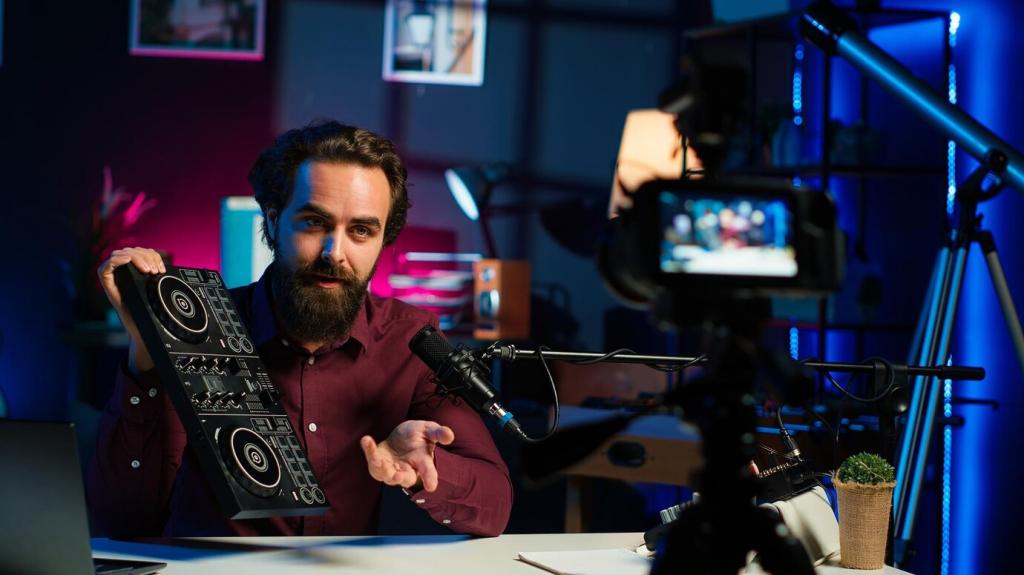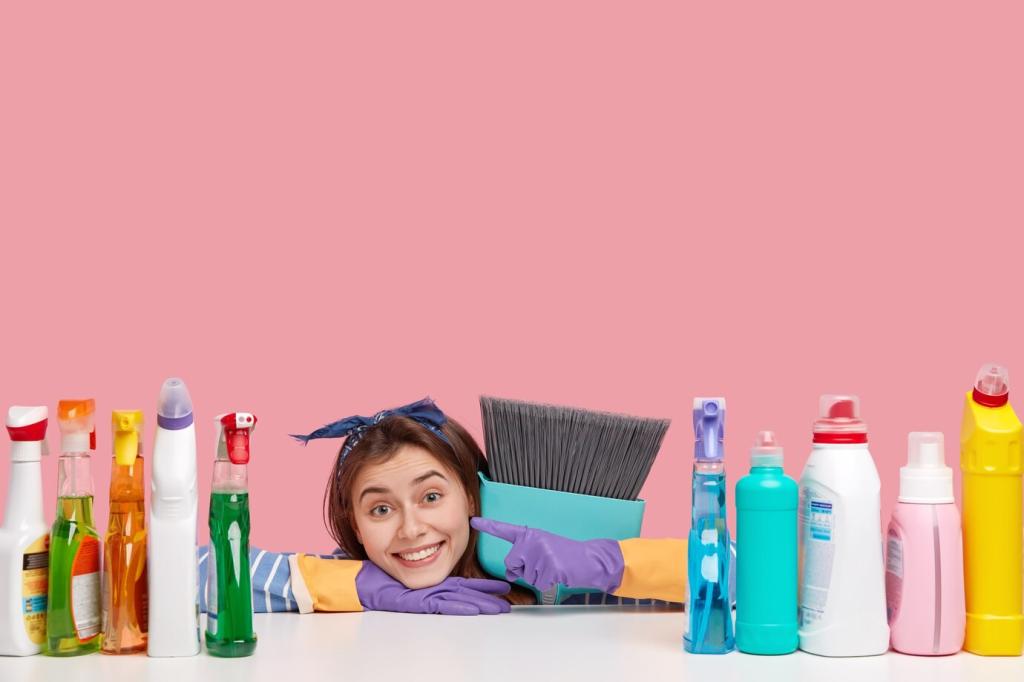
Using Visual Storytelling to Showcase Home Design on Social Media
Chosen theme: Using Visual Storytelling to Showcase Home Design on Social Media. Welcome to a creative hub where rooms become characters, materials become plot twists, and your audience follows along because every space has a story worth sharing.
Stories Outperform Static Posts
When viewers encounter a sequence with tension and release—problem, process, reveal—they instinctively lean in. A carousel or short video that unfolds thoughtfully wins attention, saves, and shares far more than a single, contextless snapshot.
Emotion Makes Materials Memorable
Show the wobble in your voice when the custom terrazzo arrives. Capture relief when the paint finally dries to the exact shade. These emotional beats imprint finishes, fixtures, and layouts in ways technical specs alone rarely achieve.
Invite Your Audience Into the Narrative
Ask viewers to guess tile patterns before the reveal, vote on hardware finishes, or share their own before-and-afters. Engagement grows when people feel they helped shape the design, not just observed it from a distance.


Crafting a Cohesive Visual Narrative
Start by naming the design challenge, whether low light, storage chaos, or dated surfaces. Show the exploration, missteps, and micro-wins. Land on a satisfying reveal that highlights the resolved problem and the lived-in comfort it creates.
Crafting a Cohesive Visual Narrative
Choose a repeatable color palette for overlays, captions, and set styling. Align wardrobe and props with the scheme. Maintain consistent framing and typography so viewers recognize your posts instantly in crowded feeds.
Platform-Specific Storytelling Tactics
Lead with an irresistible first slide that frames the problem. Use carousels to show process steps and material close-ups. Reels thrive on quick cuts, gentle motion, and captions that punctuate key decisions without overwhelming the visuals.

Shooting and Editing for Narrative Impact
Use indirect daylight to flatter textures like linen and limewash. For evening, bounce warm light off ceilings. Avoid mixed color temperatures; stable white balance lets your viewers appreciate material nuance without distraction.


Shooting and Editing for Narrative Impact
Start wide for context, then move to medium process shots, finishing with tactile close-ups. Keep vertical lines straight. Include human scale—hands laying tile, socks on a new rug—to transform rooms into relatable, lived stories.
Anecdote: The One-Bedroom That Found Its Voice
Heavy drapes, yellowed walls, and zero storage created a claustrophobic vibe. Rather than hide the pain points, the designer narrated them honestly, turning constraints into cliffhangers across short clips and a thoughtful carousel.
Anecdote: The One-Bedroom That Found Its Voice
A storyboard guided filming: measure, mock up, test light, choose fabrics, build shelving nooks. Each step featured tactile cutaways—fingers testing weave density, sunlight drifting across new sheers—so viewers felt decisions, not just saw them.

Consistency, Calendars, and Cadence

Weekly Themes That Build Habit
Try Transformation Tuesday for before-and-afters, Materials Friday for texture close-ups, and Sunday Sketchbook for early ideas. Predictable beats create anticipation and help new followers quickly understand what to expect from you.

Batching Without Losing Authenticity
Film multiple phases in one day while preserving spontaneity. Capture ambient sounds, unscripted reactions, and small imperfections. Authenticity is the connective tissue that keeps polished sequences feeling human and trustworthy.

Measure, Learn, Adjust
Track completion rates on videos, saves on carousels, and comment depth on reveals. Use insights to refine pacing and topics. Share your findings with followers; transparency invites collaboration and deepens community trust.
Community, Ethics, and Co-Creation
Tag artisans, contractors, photographers, and suppliers. When a cabinetmaker’s dovetail becomes a hero shot, name them. Co-crediting turns solitary posts into networks of support that amplify everyone’s craft and reach.

